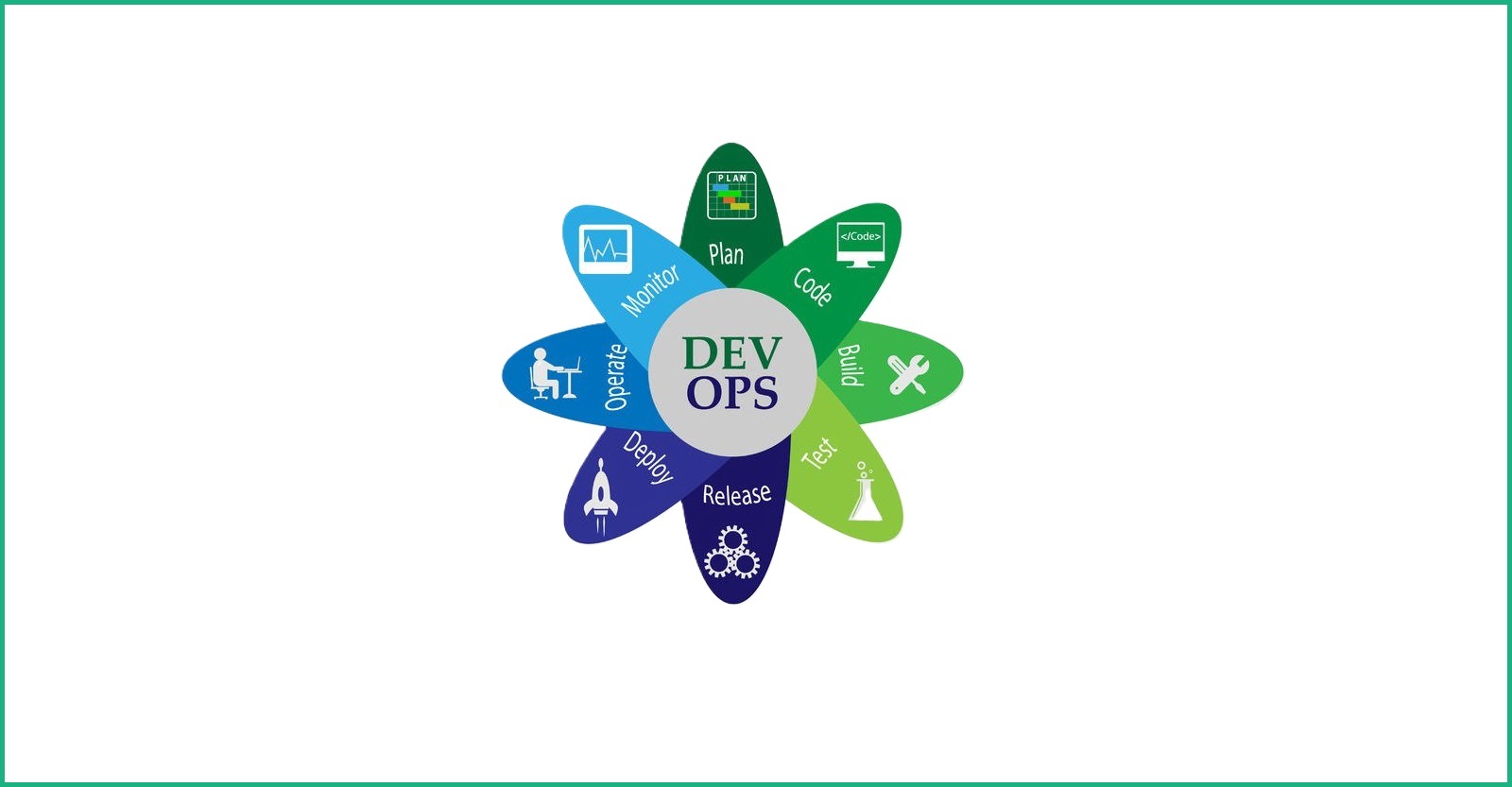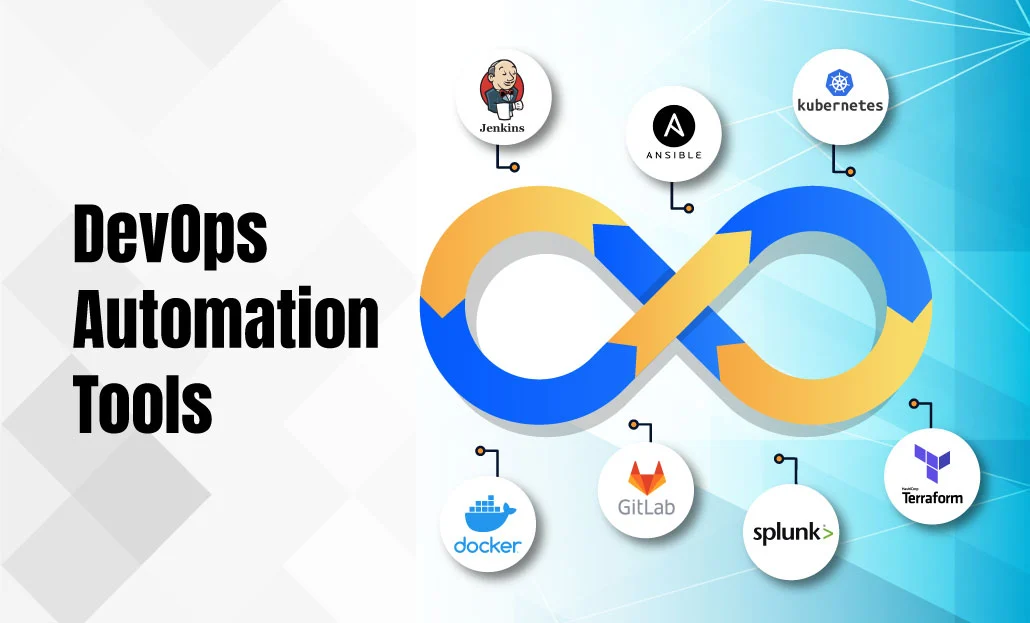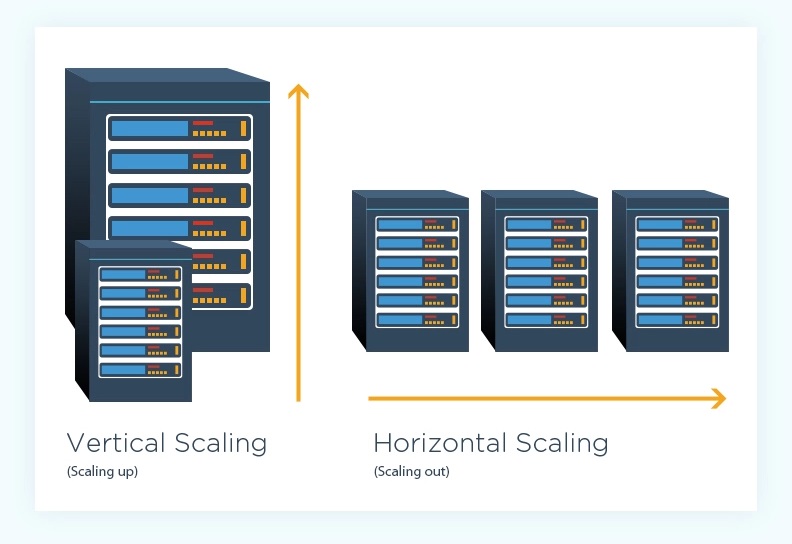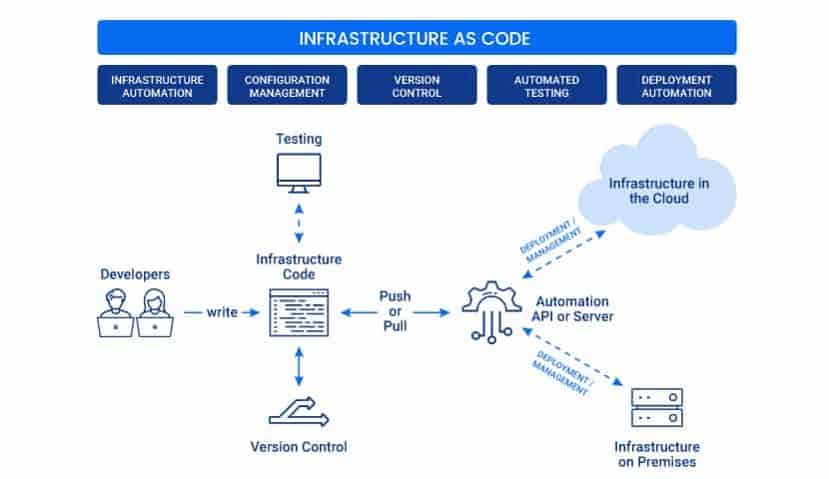DevOps Ecosystem: A Journey Through Automation, Scaling, and Infrastructure
 Harish Gawande
Harish Gawande
Introduction
In the ever-evolving landscape of software development and operations, DevOps stands as the beacon of collaboration, efficiency, and innovation. As a DevOps engineer, I'm thrilled to dive into the core concepts that make DevOps not just a methodology but a transformative force in the tech world.
What is DevOps?
DevOps, derived from Development and Operations, is a cultural and technical paradigm that unifies software development and IT operations. It emphasizes collaboration, communication, and integration throughout the software development lifecycle. In essence, DevOps is about breaking down silos and fostering a seamless flow from code development to deployment.
The Pillars: Automation, Scaling, and Infrastructure as Code (IaC)
Automation: Elevating Efficiency

Automation lies at the heart of DevOps. It's the engine that powers the rapid and reliable delivery of software. By automating repetitive tasks, such as testing, deployment, and configuration management, teams can eliminate manual errors and significantly accelerate the release cycle. DevOps engineers leverage tools like Jenkins, Ansible, and Terraform to automate various aspects of the development pipeline.
Scaling: Adapting to Demand

Scalability is a defining trait of successful applications, and DevOps plays a pivotal role in achieving it. Whether it's handling increased user loads or expanding infrastructure, the ability to scale is crucial. DevOps practices facilitate horizontal and vertical scaling, ensuring that applications can seamlessly grow to meet demand. Cloud platforms like AWS, Azure, and Google Cloud offer the scalability needed for modern applications.
Infrastructure as Code (IaC): The Blueprint of DevOps

IaC treats infrastructure configurations as code, enabling automated provisioning and management. This practice ensures consistency across environments, reduces manual intervention, and enhances collaboration between development and operations teams. Tools like Terraform and AWS CloudFormation empower DevOps engineers to define and manage infrastructure declaratively.
Why DevOps is Important
1. Collaboration and Communication
DevOps breaks down traditional silos, fostering collaboration between development, operations, and other stakeholders. Communication becomes a shared responsibility, leading to a more efficient and cohesive work environment.
2. Faster Time to Market
Automation and streamlined processes in DevOps result in faster development cycles and quicker releases. This agility is crucial in a competitive landscape where time-to-market can make all the difference.
3. Improved Reliability and Quality
Automated testing, continuous integration, and continuous deployment practices enhance the reliability and quality of software. DevOps ensures that each release is thoroughly tested and meets the highest standards.
4. Enhanced Scalability
The ability to scale applications effortlessly in response to demand is a key benefit of DevOps. This ensures that businesses can adapt to changing user loads without compromising performance.
5. Cost-Efficiency
Automation reduces manual efforts, minimizing errors and operational costs. DevOps practices contribute to cost efficiency by optimizing resource utilization and enhancing overall productivity.
Conclusion: Embracing the DevOps Journey
As a DevOps engineer navigating the intricacies of automation, scaling, and infrastructure, I am continually amazed by the transformative power of this approach. DevOps isn't just a set of practices; it's a mindset that encourages continuous improvement and collaboration.
So, whether you're embarking on your DevOps journey or refining your existing practices, remember: the success of DevOps lies not only in the tools you use but in the culture you cultivate. Here's to a future where collaboration, automation, and scalable infrastructure pave the way for groundbreaking innovations.
Thank You :)
Subscribe to my newsletter
Read articles from Harish Gawande directly inside your inbox. Subscribe to the newsletter, and don't miss out.
Written by
